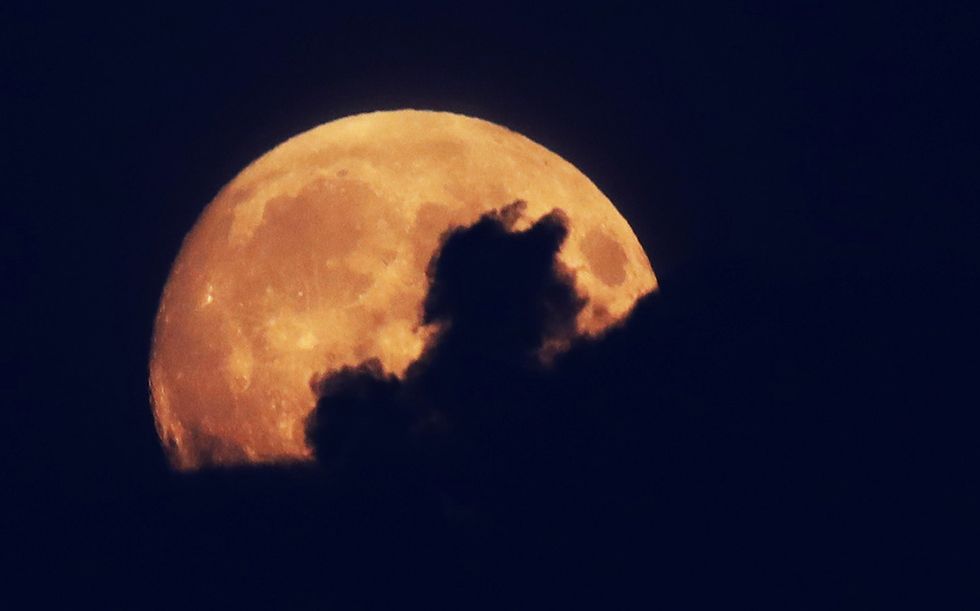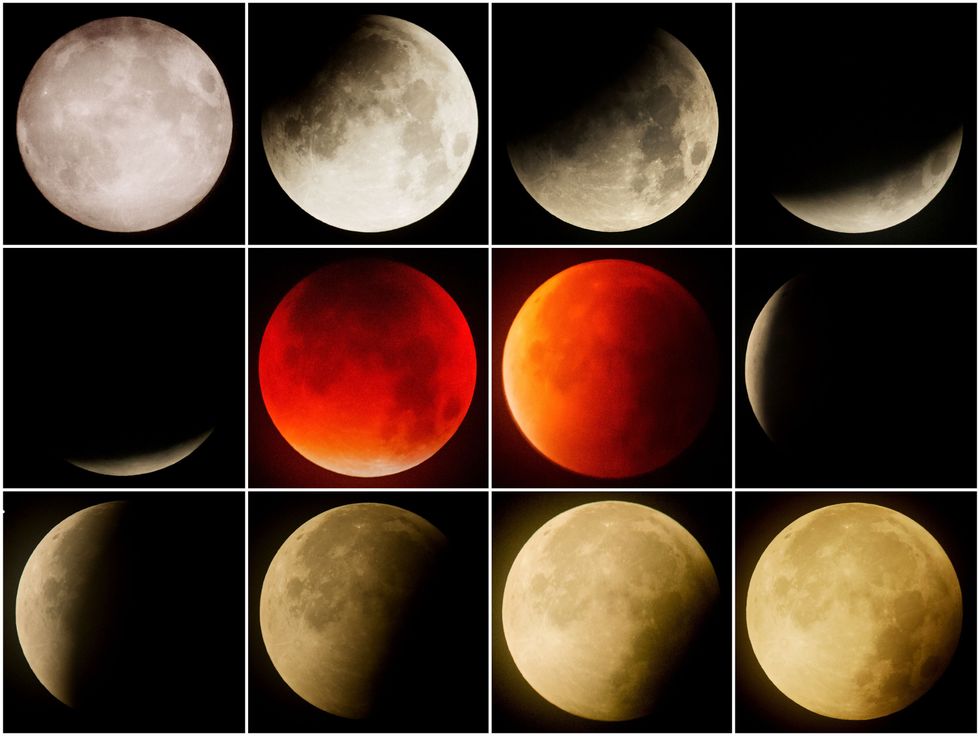Andy Lound says man could land on Mars before the end of the decade
GB News
The exciting event will be the first of four eclipses throughout 2025
Don't Miss
Most Read
Trending on GB News
A rare "blood moon" will grace UK skies next month as a partial lunar eclipse transforms our celestial neighbour into spectacular shades of red and pink.
The astronomical event - visible across Britain on March 14 - takes place when the moon passes into Earth's shadow which is called the umbra.
UK stargazers will have the opportunity to witness this celestial phenomenon, which marks the first of four eclipses set to occur in 2025.
The eclipse will begin at 3.57am on March 14, with UK viewers able to witness the penumbral phase as the moon first moves into Earth's outer shadow.

The eclipse will begin at 3:57am on March 14, with UK viewers able to witness the penumbral phase as the moon first moves into Earth's outer shadow
PA
The Royal Observatory advises that the best viewing time for UK residents will be around 6.19am - shortly after sunrise.
However, British observers will not see the eclipse reach its maximum as the moon will have set below the horizon by the time it peaks at 6.58am.
The Moon's transformation into reddish hues occurs as Earth's atmosphere bends sunlight onto the lunar surface during the eclipse.
According to NASA, when Earth partially blocks sunlight to the Moon, our planet's thick atmosphere changes how the Sun's rays project onto the lunar surface.
LATEST DEVELOPMENTS:
The space agency describes the effect as if "all the world's sunrises and sunsets are projected onto the moon", creating the distinctive blood moon appearance.
Unlike solar eclipses, this celestial event is completely safe to view with the naked eye and will not require any special protective equipment.
For optimal viewing of the blood moon phenomenon, observers should seek locations with minimal light pollution and a clear view of the western sky.
The lunar eclipse will be visible to anyone in the UK - although the exact view will depend on the viewer's specific location.

The lunar eclipse will be visible to anyone in the UK - although the exact view will depend on the viewer's specific location
PA
This partial lunar eclipse will be followed by a partial solar eclipse later in the month on March 29.
UK skywatchers will have another opportunity to witness a total lunar eclipse on September 7 this year although viewing may be challenging due to the moon's low position on the horizon.
The next partial lunar eclipse visible from Britain will not occur until August 28 next year according to the Royal Observatory.







